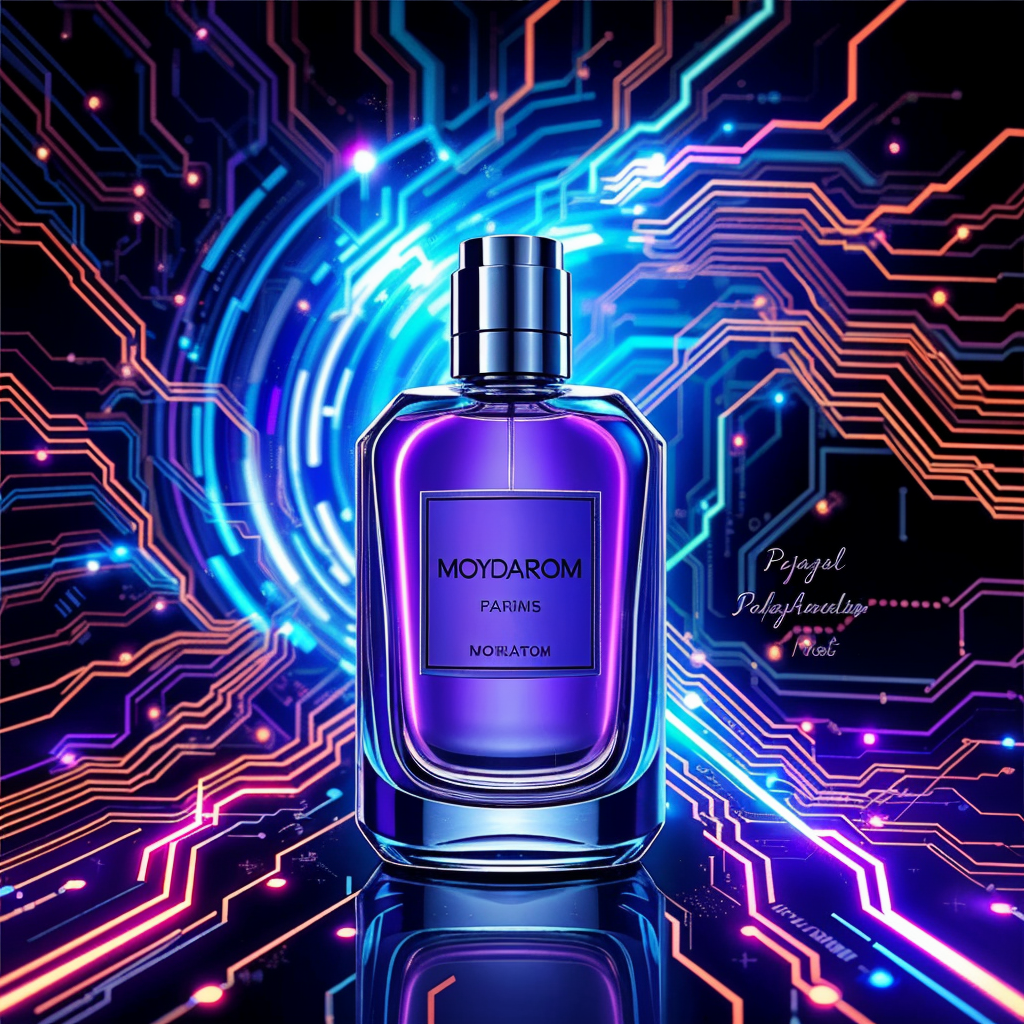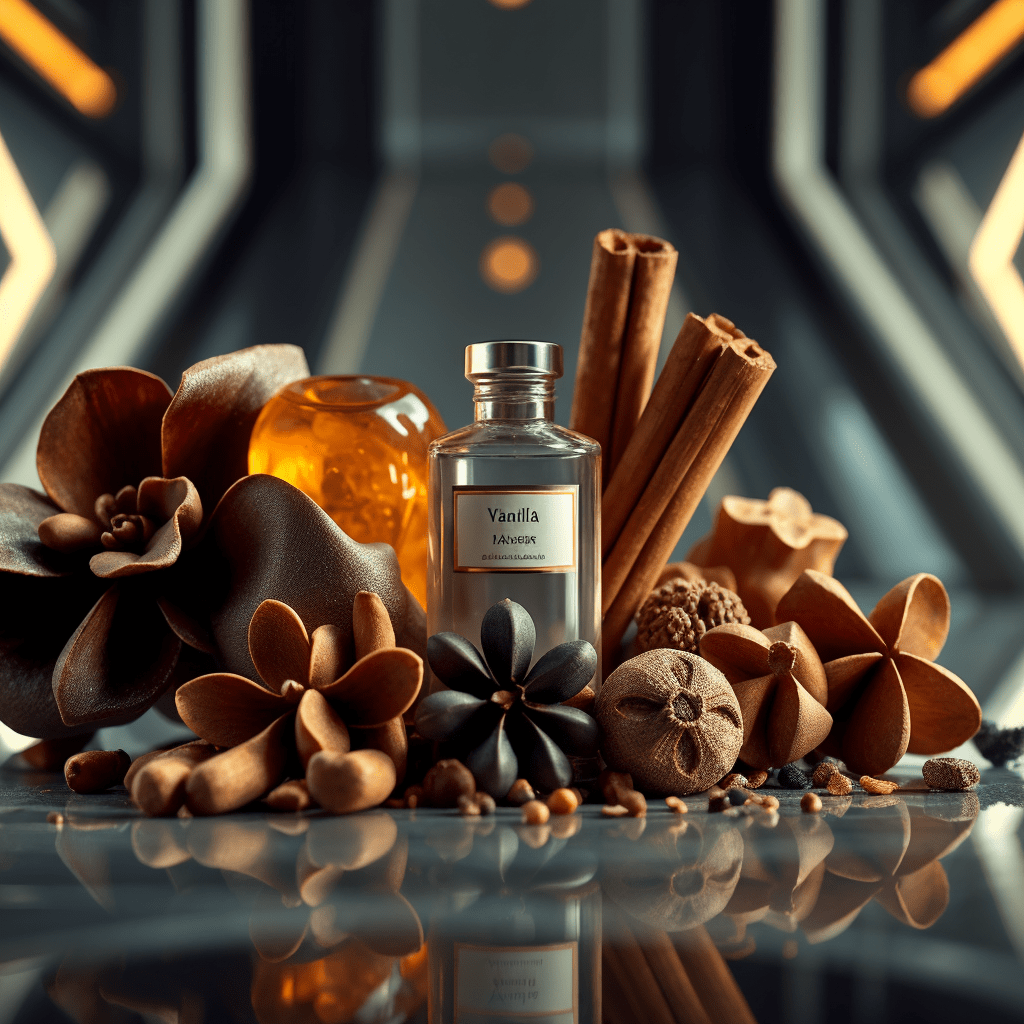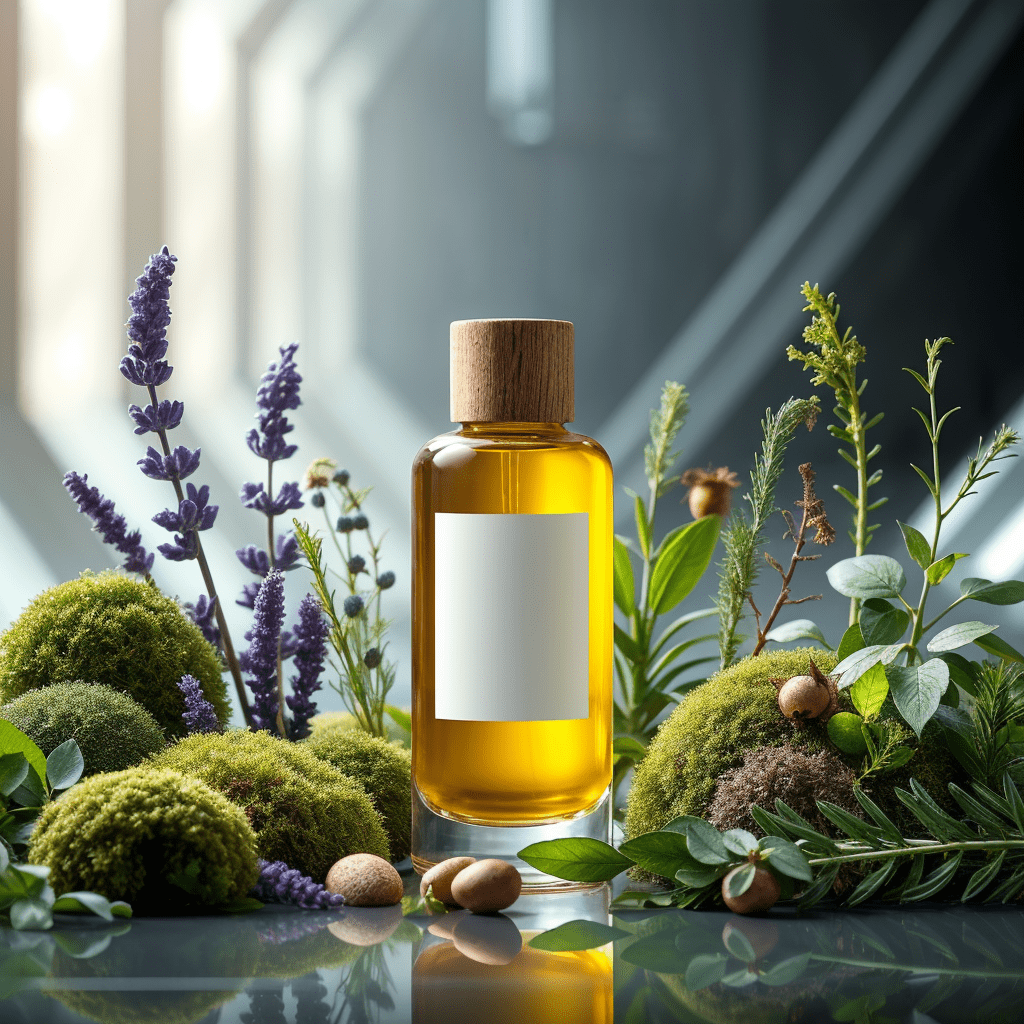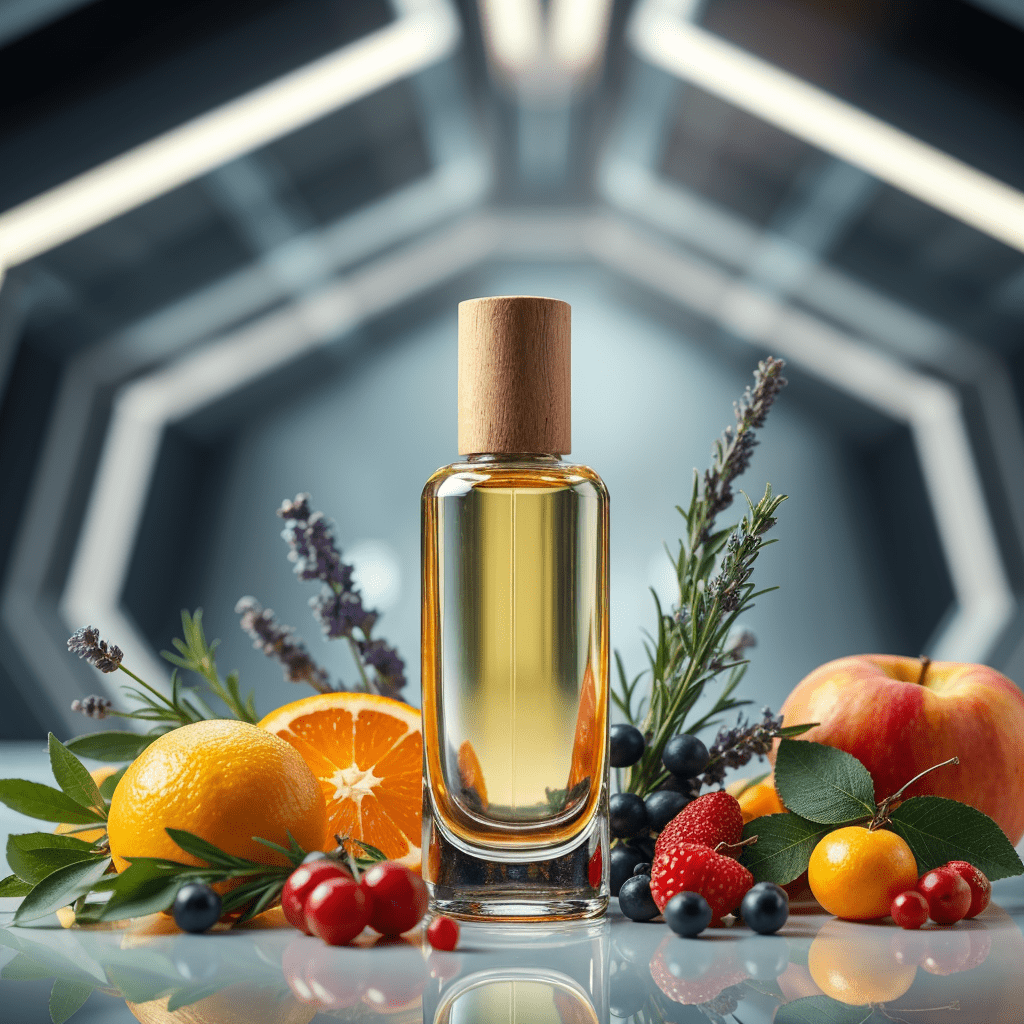Perfume is a mixture of fragrant essential oils, aroma compounds, and solvents, typically used to impart a pleasant scent to the body or environment. To get a good grasp of perfume basics, it’s essential to understand the composition, fragrance families, and application techniques.
1. Perfume Composition:
Perfumes are typically composed of three key elements:
- Fragrance Concentrates: These include essential oils, absolutes, and synthetic fragrance compounds that provide the perfume’s distinctive scent.
- Solvent (Alcohol or Water): This is used to dissolve the fragrance components and helps the perfume evaporate when applied to the skin. The most common solvent is ethanol (alcohol), which makes the scent spread and linger.
- Fixatives: These help stabilize the perfume and make it last longer on the skin. Common fixatives include musk, amber, and synthetic molecules.
2. Perfume Concentration Categories:
Perfumes are classified into different categories based on the concentration of fragrant oils, which influences how strong and long-lasting the scent is:
- Parfum (Extrait de Parfum): Contains the highest concentration of fragrance (20-30%). It lasts the longest (8-12 hours) and is typically the most expensive.
- Eau de Parfum (EDP): Contains about 15-20% fragrance concentration. It lasts around 6-8 hours and is a popular choice for day-to-day use.
- Eau de Toilette (EDT): Has a lower concentration of fragrance (5-15%), making it lighter and less long-lasting (4-6 hours).
- Eau de Cologne (EDC): Contains 2-4% fragrance concentration, with a fresh and light scent that lasts about 2-3 hours.
- Eau Fraiche: Contains only 1-3% fragrance and lasts just a short time (up to 2 hours), often used for body sprays and mists.
3. Fragrance Pyramid:
Perfumes are structured in a pyramid with three layers, called “notes.” As the perfume evaporates, different notes are revealed over time.
- Top Notes: These are the scents you smell immediately after applying the perfume. They are light and fresh, lasting only about 15-30 minutes. Common top notes include citrus, herbs, and light fruits (e.g., bergamot, lemon, lavender).
- Heart (Middle) Notes: These emerge after the top notes dissipate. Heart notes form the core of the perfume, lasting for several hours. Floral, spicy, or fruity notes are commonly used (e.g., rose, jasmine, cinnamon).
- Base Notes: These appear once the perfume dries down, anchoring the fragrance and giving it depth. Base notes last the longest (up to 6-8 hours) and include rich, heavy scents like musk, vanilla, amber, and sandalwood.





